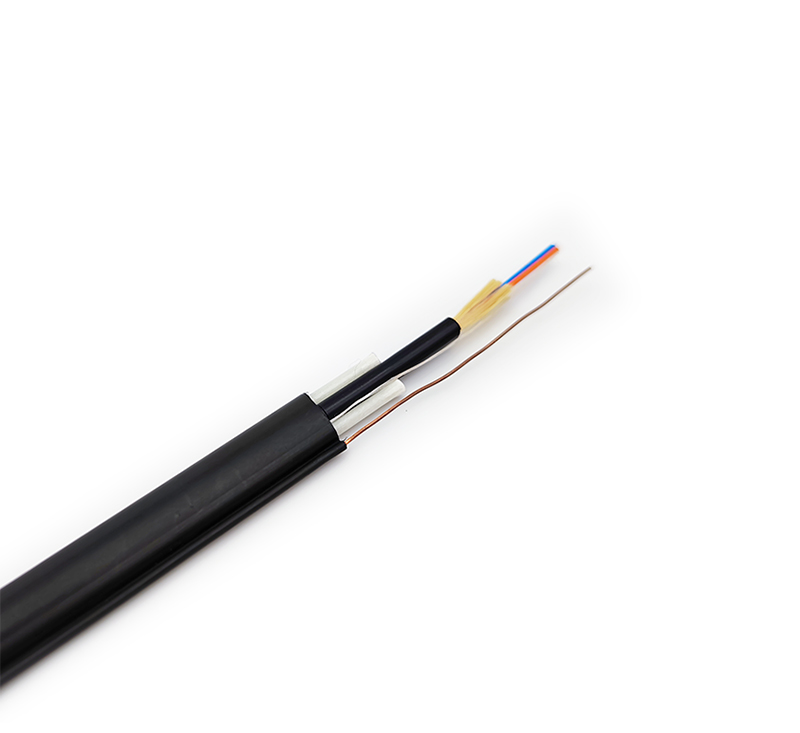1. Application of optical fiber:
Human society has now developed into an information society, and the exchange of information such as voice, image and data is very large. The previous means of communication can no longer meet the current requirements, and optical fiber communication has been widely used due to its advantages of large information capacity, good confidentiality, light weight, small size, and long distance without hops. Its application fields cover communication, transportation, industry, medical, education, aerospace and computer industries, and are developing to a wider and deeper level. The application of light and optical fiber is bringing profound influence and change to human life.

2. Optical fiber network system design:
The design of an optical fiber system generally follows the following steps:
1) First, find out what kind of network is to be designed, what is its current situation, and why fiber optics are used.
2) According to the actual situation, select the appropriate optical fiber network equipment, optical cables, jumpers and other items for connection. Selection should be based on availability, and then based on performance, price, service, origin and brand.
3) Determine the route of the line according to the customer's requirements and network type, and draw the wiring diagram.
4) When the route is long, the attenuation margin of the system needs to be calculated. The calculation can be carried out according to the following formula:
Attenuation margin = transmitting optical power - receiving sensitivity - line attenuation - connection attenuation (dB) where line attenuation = cable length × unit attenuation;
The unit attenuation has a great relationship with the quality of the fiber. Generally, the single-mode is 0.4~0.5dB/km; the multi-mode is 2~4dB/km.
Connection attenuation includes welding attenuation joint attenuation. Welding attenuation is related to welding methods and the quality of personnel. Generally, hot melting is 0.01~0.3dB/point; cold melting is 0.1~0.3dB/point; joint attenuation has a great relationship with the quality of the joint. Usually 1dB/point. The system attenuation margin is generally not less than 4dB.
5) When the calculation is unqualified, the design should be modified according to the situation, and then the calculation should be made. This situation may sometimes repeat several times.
D. Manual or mechanical traction can be used when laying, but attention should be paid to guidance and lubrication.
E. After the laying is completed, the soil should be covered and compacted as soon as possible.
4) Laying of optical cables in buildings:
A. When laying vertically, special attention should be paid to the load-bearing problem of the optical cable. Generally, the optical cable should be fixed once every two layers.
B. When the optical cable passes through the wall or floor, a protective plastic pipe with a mouth guard should be added, and the pipe should be filled with flame retardant filler.
C. It is also possible to lay a certain amount of plastic pipes in advance in the building, and then use the traction or vacuum method to lay the optical cable when the optical cable is to be laid in the future.










